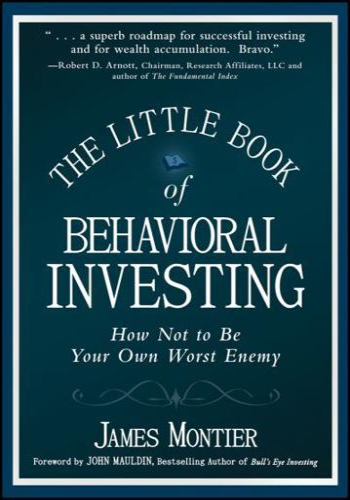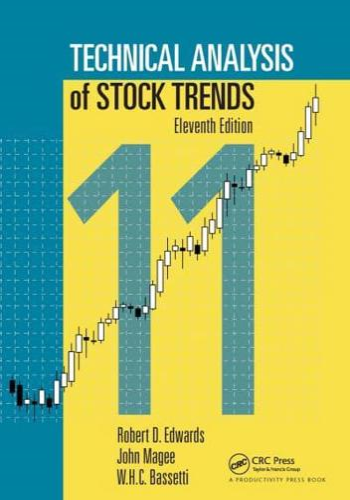A detailed guide to overcoming the most frequently encountered psychological pitfalls of investing
Bias, emotion, and overconfidence are just three of the many behavioral traits that can lead investors to lose money or achieve lower returns. Behavioral finance, which recognizes that there is a psychological element to all investor decision-making, can help you overcome this obstacle.
In The Little Book of Behavioral Investing, expert James Montier takes you through some of the most important behavioral challenges faced by investors. Montier reveals the most common psychological barriers, clearly showing how emotion, overconfidence, and a multitude of other behavioral traits, can affect investment decision-making.
- Offers time-tested ways to identify and avoid the pitfalls of investor bias
- Author James Montier is one of the world's foremost behavioral analysts
- Discusses how to learn from our investment mistakes instead of repeating them
- Explores the behavioral principles that will allow you to maintain a successful investment portfolio
Written in a straightforward and accessible style, The Little Book of Behavioral Investing will enable you to identify and eliminate behavioral traits that can hinder your investment endeavors and show you how to go about achieving superior returns in the process.
Praise for The Little Book Of Behavioral Investing
"The Little Book of Behavioral Investing is an important book for anyone who is interested in understanding the ways that human nature and financial markets interact."
-Dan Ariely, James B. Duke Professor of Behavioral Economics, Duke University, and author of Predictably Irrational
"In investing, success means¿being on the right side of most trades. No book provides a better starting point toward that goal than this one."
-Bruce Greenwald, Robert Heilbrunn Professor of Finance and Asset Management, Columbia Business School
"'Know thyself.' Overcoming human instinct is key to becoming a better investor.¿ You would be irrational if you did not read this book."
-Edward Bonham-Carter, Chief Executive and Chief Investment Officer, Jupiter Asset Management
"There is not an investor anywhere who wouldn't profit from reading this book."
-Jeff Hochman, Director of Technical Strategy, Fidelity Investment Services Limited
"James Montier gives us a very accessible version of why we as investors are so predictably irrational, and a guide to help us channel our 'Inner Spock' to make better investment decisions. Bravo!"
-John Mauldin, President, Millennium Wave Investments






